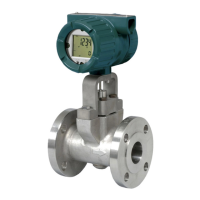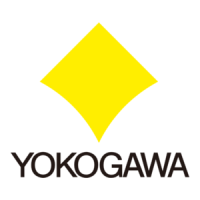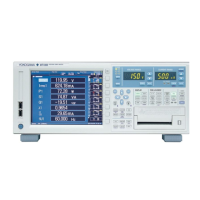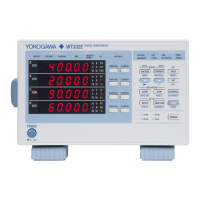<5. Functions of CQ1 Software> 5-73
IM 80J01A01-01E
Sub folder is generated in Report folder and converted images are
saved in the sub folder. Sub folder name and file name are as
following.
Convert_<convert
edtime and date
※
1
>
<string input in “File
Name”>W<wellIndex>F<FieldIndex>T<timepoi
nt>Z<Z position
※
2
>.png/.jpg
Convert_<convert
edtime and date
※
1
>
<string input in “File
Name”>W<wellIndex>F<FieldIndex>T<timepoi
nt>Z<Z position
※
2
>C<channelIndex>.png/.jpg
Tiff_<Converted
time and date
※
1
>
<string input in “File
Name”>W<wellIndex>F<FieldIndex>T<timepoi
nt>Z<Z position
※
2
>C<channelIndex>.png/.jpg
1
Name format is <yyyyMMdd>T<HHmmss>. In case of April 10, 2015, 1234
5620150410T123456
2
In case of MIP, <Z position> is “000”. In case of Sum, <Z position> is “SUM”.
3D Viewer (ImageJ)
Transfer image data to ImageJ and display as 3D image. This
function is available when “ImageViewer” setting is “Slice” (refer to
page 5-87).
For detail, please refer to next page
Image Output
Output images of measurement data selected at “Protocol”
window in TIFF format. Click this button, designate letters to add to
file name and click “OK”.
The purpose of this function is exporting CQ1 data to ImageJ,
which is other software. If you don’t use ImageJ whose
version is different from that of installed in CQ1 Workstation
(1.47v), this function is not guaranteed.

